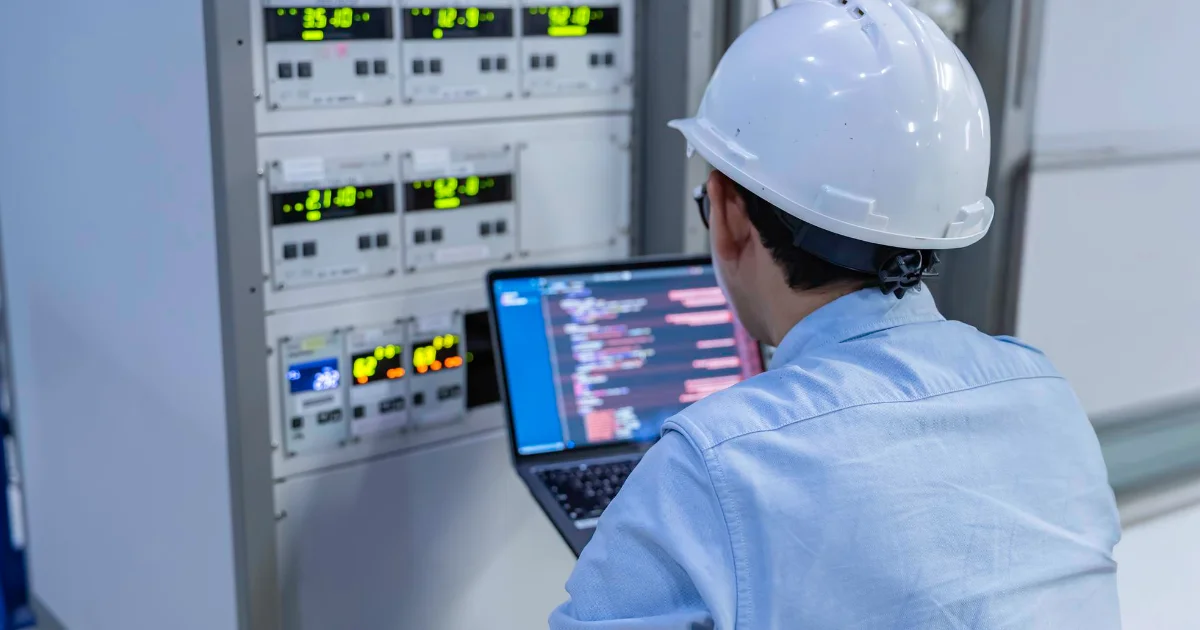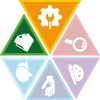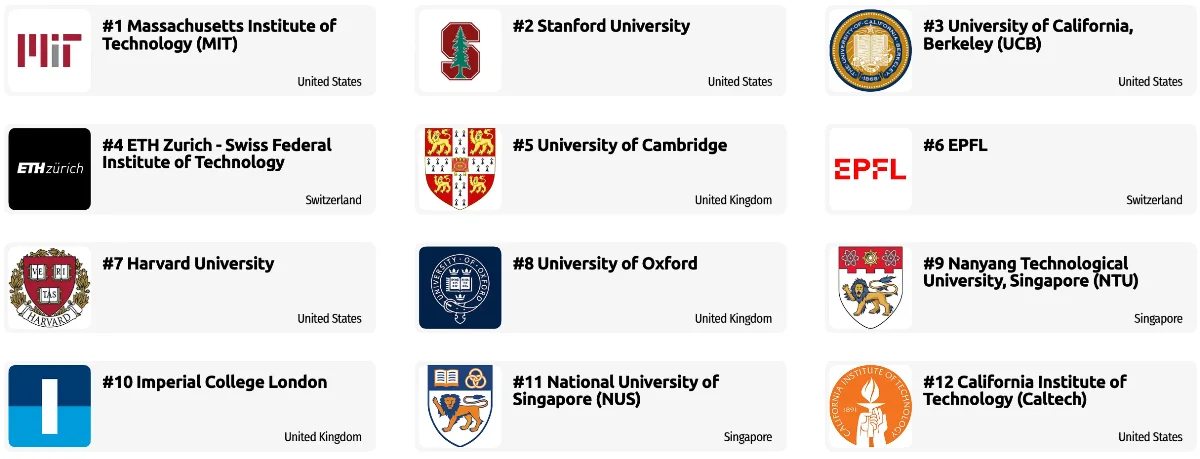Technician
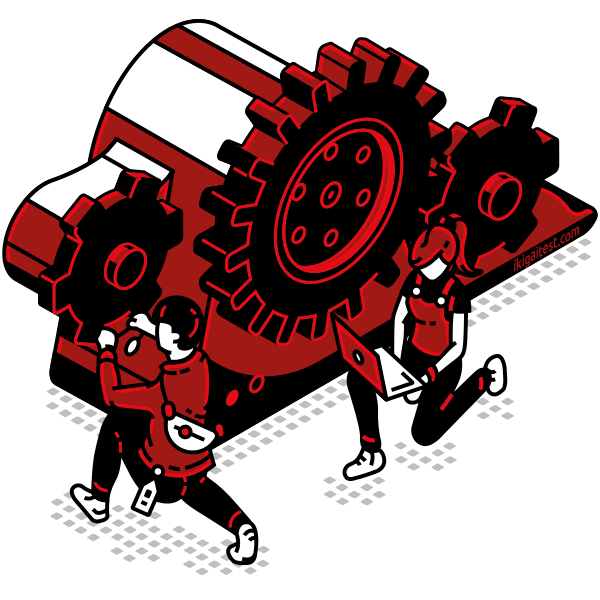
Technicians will often be asked these tasks:
- Providing documentation, detailed instructions, drawings, or specifications to tell others about how devices, parts, equipment, or structures are to be fabricated, constructed, assembled, modified, maintained, or used.
- Using computers and computer systems (including hardware and software) to program, write software, set up functions, enter data, or process information.
- Servicing, repairing, calibrating, regulating, fine-tuning, or testing machines, devices, and equipment that operate primarily on the basis of electrical or electronic (not mechanical) principles.
Inspector
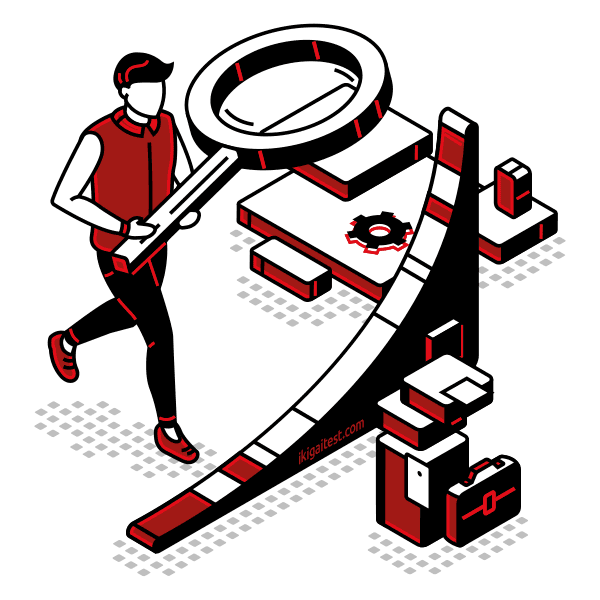
Inspectors should be great at:
- Estimating sizes, distances, and quantities; or determining time, costs, resources, or materials needed to perform a work activity.
- Observing, receiving, and otherwise obtaining information from all relevant sources.
- Identifying information by categorizing, estimating, recognizing differences or similarities, and detecting changes in circumstances or events.
- Inspecting equipment, structures, or materials to identify the cause of errors or other problems or defects.
Other work activities related to Electrical and electronics repairers, powerhouse, substation, and relay
- Constructing, testing, maintaining, and repairing substation relay and controlling systems.
- Inspecting and testing equipment and circuits for identifying malfunctions or defects, using wiring diagrams and testing devices such as ohmmeters, voltmeters, or ammeters.
- Consulting manuals, schematics, wiring diagrams, and engineering personnel for troubleshooting and solving equipment problems and for determining optimum equipment functioning.
- Notifying facility personnel of equipment shutdowns.
- Opening and closing switches for isolating defective relays, performing adjustments or repairs.
- Preparing and maintaining records detailing tests, repairs, and maintenance.
- Analyzing testing data for diagnosing malfunctions, for determining performance characteristics of systems, or for evaluating effects of system modifications.
- Testing insulators and bushings of equipment by inducing voltage across insulation, testing current, and calculating insulation loss.
- Repairing, replacing, and cleaning equipment and components such as circuit breakers, brushes, and commutators.
